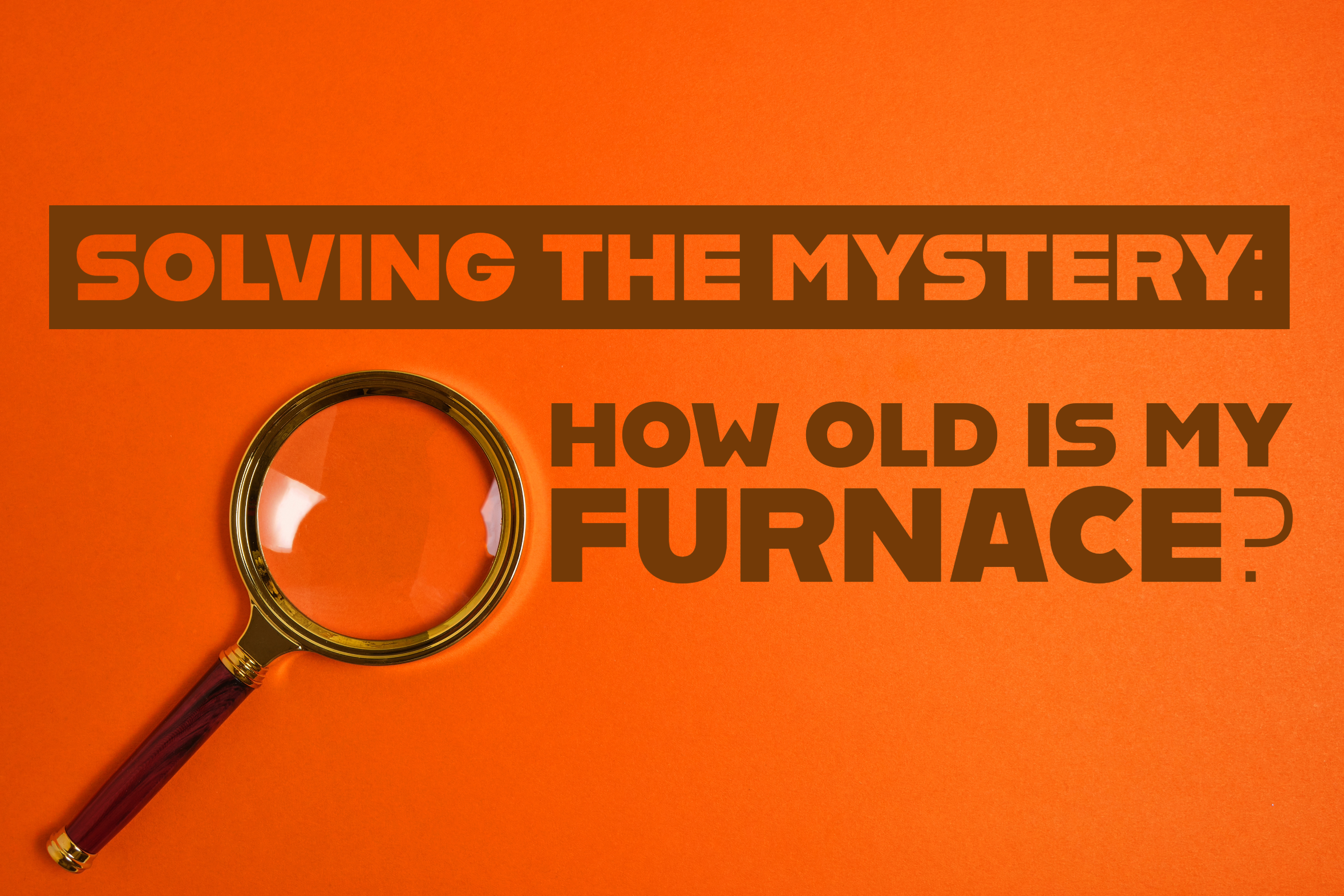Your furnace plays a crucial role in keeping your home warm and cozy, especially during the cold winter months. However, like any major household appliance, furnaces have a limited lifespan. Whether you recently bought a new home or have an older furnace, knowing its age is important for homeowners. This knowledge allows you to stay on top of maintenance, handle potential repairs, and plan for future replacements as they come.
In this detailed blog post, Lewis Center-Powell Heating & Air will explain various methods you can use to determine the age of your furnace.
What Is the Significance of Knowing Your Furnace’s Age?
Knowing the age of your furnace is important for various reasons. It directly affects the overall functionality and lifespan of your heating system.
- Maintenance: Regular maintenance is crucial for keeping your furnace running efficiently and safely when the colder seasons arrive. Plus, it’s good to know the age of your furnace because when you schedule your seasonal maintenance checks, it’s beneficial for the HVAC technician to know the approximate age of your heating unit ahead of time.
- Repair: When your furnace has operational issues, knowing its age is crucial in determining whether repairing it or getting a new unit is a more cost-effective solution.
- Replacement: Most furnaces usually last around 15 to 20 years. If your furnace is close to or has surpassed this limit, it’s a good idea to start considering a replacement to avoid unexpected issues.
- Warranty: Most furnaces come with manufacturer warranties that are valid for a specific period of time. Therefore, knowing the age of your unit helps determine if any warranty coverage is still applicable.
The Owner’s Manual
To easily determine the age of your furnace, refer to the owner’s manual. This valuable resource usually includes important information about the installation or manufacturing date, giving you an estimate of your unit’s age. If you have the manual, check the introductory section or a dedicated “Specifications” page for this information.
The Manufacturer’S Label
If you’ve misplaced the owner’s manual or it doesn’t provide the necessary information, you can check the manufacturer’s label on the furnace. This label is usually located inside the furnace cabinet or along the side of the unit. It contains important details like the model number, serial number, and manufacturing date. The manufacturing date can be determined from the serial number, which may include letters or numbers indicating the date. It’s important to note that different manufacturers may use different coding systems. Some manufacturers use a simpler format like “MFG Date: MM/YYYY.”
The Manufacturer
If you can’t easily determine the age of your furnace from the serial number or manufacturer’s label, contacting the manufacturer directly is a good option. Reputable furnace manufacturers usually have a customer service or support team that can help you determine the age of your unit based on the serial number or other identifying features.
The Professionals
Lastly, an HVAC technician can perform a thorough assessment of your furnace and determine its age. Typically, during routine seasonal inspections, the technician can easily identify the manufacturing date and provide valuable insights into the furnace’s condition and expected remaining lifespan. This is another reason why we emphasize the importance of regular seasonal checks to keep your furnace in optimal condition.
Knowing the age of your furnace is crucial to ensuring your home stays comfortable and warm during the coldest months. To avoid the inconvenience of a malfunctioning furnace when you need it most, take proactive steps to determine its age and make informed decisions about your heating system.
For personalized guidance and heating and cooling support, we invite you to contact Lewis Center-Powell Heating & Air today at (614) 490-7530 or schedule an appointment online now by clicking here! Your warmth and comfort are our top priority!







